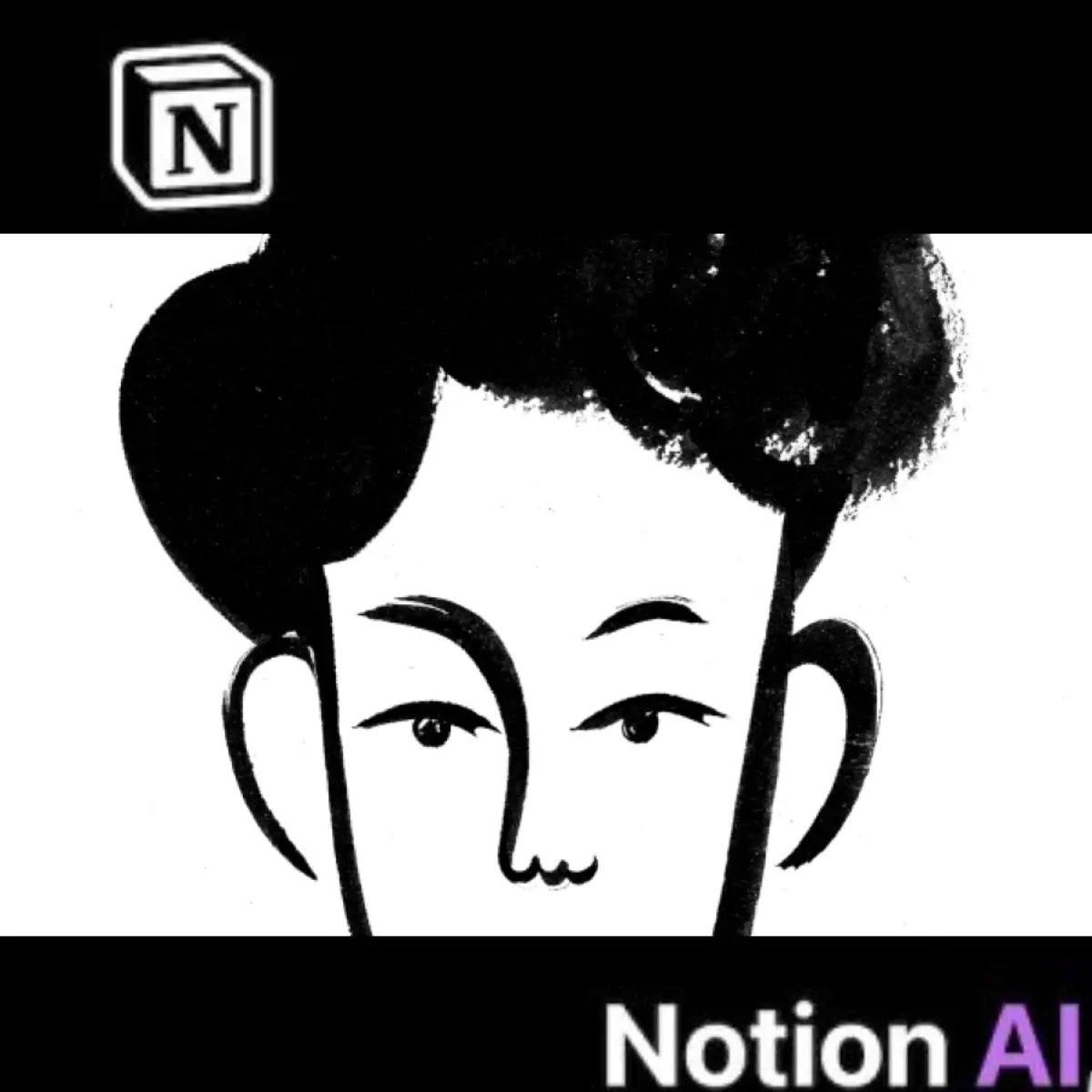email copy | email copywriting | copy email | email copywriting examples | good email copy
Email Writing Tips and Tricks
Introduction
It denotes concise communication and a short consumer attention span.
Important Takeaways
Your emails will be brief, relevant, and suitable to convey your message and trigger the desired response.Your emails will be purposeful, convey your expectations, and include a call to action.Avoid using "shrinker" words, passive voices, and other expressions that may appear weak and slow down your communications.In 2023, the average user's attention span will be only 8 seconds! It was 12 seconds in 2000.
To-do 1: Catchy Subject Line
You should have a catchy subject line.It should be brief and to the point.
To-do 2: Appropriate Greeting
Start with an appropriate greeting.For a formal email, it is acceptable to start off with "Dear."
For casual email or working conditions, it is fine to go with a "Hi" or "Hello."
To-do 3: Readable Font
Use readable fonts.You can use any of the following: Google Fonts contains a large number of readable fonts.
Arial
Roboto
Lato
Courier
Lora
Georgia
Helvetica
Not To Do: Avoid using these terms
Check out the list of "shrinking words." Also, before you press the send button, be sure your email’s purpose is clear and that email is the best means to achieve that goal.Just
Sorry
Actually
Personally, I believe
I’m no expert.
Does that make sense?
Apologize
Try
I should
Literally
Very
I have a feeling, a thought, or a belief.
sort of or kind of
Yes, but
True
Use active voice because it is straightforward, easy to understand, and natural. The active voice claims your responsibility. Compare the following two sentences: We made mistakes in the last year that led to losses. Mistakes in the last year that led to losses were done by us. The author provides many ideas about mistakes and losses in the second sentence, which is passive, but provides little information about who made the mistakes. So, how do you recognize passive voices and change those into active ones? The trick is to search for a "to be" verb; that is the main way. For example, it could be done. It was done. It has been done. All you see here are "to be" verbs in the sentences. My recommendation is that your passive voices should not make up more than 10% of your email copy. The best thing is to try to avoid them. Change all passive voices into active ones. You can learn to recognize voices after going through some online classes on YouTube or after doing some Google searches.
How to do
In this article, we will answer,How does good email communication benefit your business and brand?
How do you draft successful emails?
How can you ensure that your replies to emails are perfect?
“It’s not what you say, but how you say it.” This is also true for any business communication, such as emails.
Body language and tone of voice are absent in emails. That is why you must make them clear, relevant, and appropriate. Otherwise, you risk a breakdown in communication between you and the person to whom you’re sending emails. It is also good etiquette to use a professional signature.
Let’s presume that Accounts Manager Alex emails Marketing Manager Barbara to summarize their thoughts regarding a new campaign they’re releasing.
Alex wrote two versions of the email.
Let's read them both (which email will be more effective?).
Sub: Following up on our meeting
Alex
To Barbara
5 minutes ago, Details
Hi Barbara,
Here’s a meeting recap:
We’ll test the red product.
The next review meeting is on April 6.
We need to change the brand's logo.
Best,
Alex
Accounts Manager
Sub: Following up on our meeting
Alex
To Barbara
5 minutes ago, Details
Hello there, Barbara.
Hey, I took another look. Yes, we’ll put the red to the test. Also, if I complete my meetings on time tomorrow, I’ll look at upgrading the logo. or after I go to the gym. Anyway, I’ll work on it before the launch. I’ll reconfirm with the team. 6/4, yeah? I’ll go buy some bagels. Which do you prefer? Anyway, we should discuss all these and other issues.
Alex
RESULTS
The best emails are straightforward, informative, and use bullet points and a professional signature. The other email fails because it opens with a non-sequitur, lacks focus, and contains unnecessary details.Taking the time to craft emails is vital since email can be a powerful tool for communication with coworkers and clients. It’s a matter of practice too.
Emails are also readily subject to sharing. People can save it or forward it to anyone. Hence, it is important to avoid sending inappropriate messages that could spread like a viral meme, hurting your brand.
Luckily, there are actions you can take to ensure that your emails boost your relationships and positively impact your brand.
Before you start to craft your email, consider its purpose. As a rule, they normally have one of two functions: to inform or to confirm.
Informing means summarizing a meeting, providing the latest updates, sharing a file, or making an introduction.
Confirming means validating an event, requesting information, or contacting a vendor for a pricing quote.
To elicit the response you want, make your call to action unambiguous. For example, if you wish to schedule a meeting, you may write: “Please let me know where this schedule works.” Alternatively, please let me know when you'll be available.
Once you identify your purpose, ask yourself: Is email truly the greatest approach to expressing that purpose?
If you need an urgent response, email might not be the best choice. People check their inboxes intermittently or occasionally.
So, if it’s urgent, make a phone call or meet in person directly.
Email also isn’t ideal for issues that require detailed discussion, prolonged brainstorming, or critique. Emailing back and forth might impede the flow of work. It can also make it difficult to ask follow-up questions or disclose detailed information.
In cases of difficult or sticky issues, email is no substitute for an honest, in-person meeting. Email may spare you from a hard conversation in the short term, but it might lead to confusion and annoyance in the future.
Finally, email is not ideal for sharing private or sensitive information, such as bank account numbers. Emails are not secure. People can share it with anyone, anywhere, without your knowledge.
Let’s learn more
So, you’ve realized that email is the worthiest medium for your communication. Now, how do you craft a powerful email? The good news is that you don’t have to be Shakespeare. You simply need to know how to convey your message.The best emails are brief and to the point.
Don’t spend all afternoon hammering out an email that now reads like a Charles Dickens novel. Your receiver does not have enough time to read it. People view it on their phones. They just skimmed it.
To ensure that your email is concise, rapidly scan it and see if you can extract all the essential points. To emphasize ideas, consider using bullet points, underlining, italics, or numbered lists.
Next, be sure you speak in a decent tone of voice. When you send a business email, you are representing your company or brand.
Change your tone depending on the receiver. Writing a reprimanding email to a whimsical vendor or employee may encourage them to respect your requirements. Sending a critical email to your CEO might not be a smart idea.
Make sure your language is consistent with your brand’s voice when composing emails to customers or contacts on your marketing email list. Follow the rule, even if it’s a shipment confirmation or a password reset email.
The words you use can also influence the mood of your email. Use none that could unintentionally undermine your message or goal.
“Yes, but,” “really,” “sorry,” “kind of,” “in my view,” or “I’m no expert” may appear to be innocent anchors, but they’re “shrinkers,” which slow down your communications.
Phrases like “I think,” “I believe,” and “I feel” might give the impression that you are undecided. If you’re offering a viewpoint, explain your decision and your reasoning, and then invite discussion.
Instead of saying, “I don’t believe this exercise works,” say, “The drill does not match our workout guide.” "Please refer to it before choosing activities.”
On the other side, avoid coming across as excessively pushy. You might believe that using all caps or exclamation points emphasizes your point of view. But it may seem furious to your readers.
Try this
Identify all the “shrinker” words you frequently use as a habit. Let’s make a list of your worst offenders so you can remember to avoid them in the future.Remove These Words
SorryBut
In my opinion or point of view
I’m not an expert.
Does that make sense?
Apologize
I should
Try/ Trying
I feel
Very
literally
I have a feeling, a thought, or a belief.
sort of or kind of
Yes
Actually, really, in reality
to be
Lastly, check out the list for shrinker words. Also, before you press send, be sure your email’s purpose is clear and that email is the best way to serve that purpose.
If you’re sending out sales emails and need inspiration for exactly what to say, take a look at HubSpot’s free email templates. With this tool, you can access a library of built-in templates designed for each stage of the customer journey.
Alternatively, you can contact me for HTML email templates, email signatures, and email campaigns.
Thanks to Google Primer for educating me.





























COMMENTS